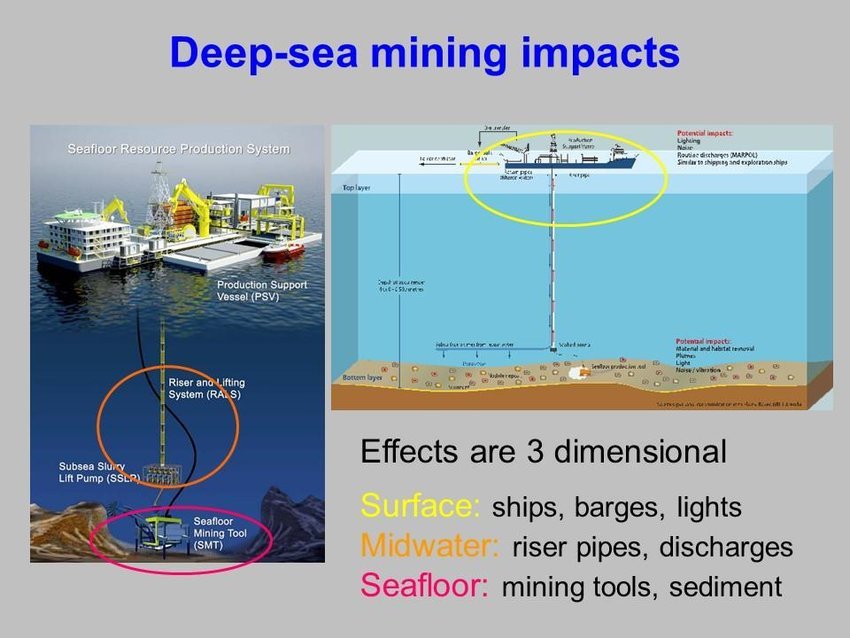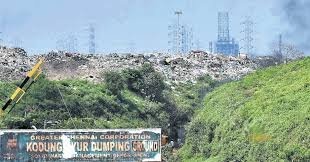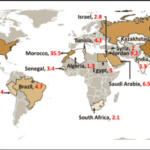Deep-sea mining involves extracting valuable minerals from the ocean floor, a process that has raised significant environmental concerns. The primary environmental impacts include:
Habitat Destruction and Biodiversity Loss
Mining activities can lead to the destruction of unique deep-sea habitats, resulting in the loss of species and the fragmentation of ecosystems. These ecosystems are often fragile and slow to recover, making them particularly vulnerable to disturbances.
Sediment Plumes and Water Pollution
The process generates sediment plumes that can spread over large areas, increasing water turbidity and potentially affecting marine life. These plumes can smother benthic organisms and disrupt feeding and reproduction processes.
Noise and Light Pollution
Mining operations introduce noise and light into the deep-sea environment, disrupting the natural behaviors of marine species. This can lead to changes in communication, navigation, and feeding patterns, adversely affecting species such as whales and deep-sea fish.
Release of Trapped Carbon
Disturbing the seabed during mining can release carbon dioxide stored in the ocean floor, contributing to climate change. This release of greenhouse gases is a significant concern, as it could exacerbate global warming.
Given these potential impacts, many scientists and environmental organizations advocate for a moratorium on deep-sea mining until comprehensive environmental assessments are conducted. The goal is to ensure that any mining activities do not irreversibly damage these critical and largely unexplored ecosystems.














